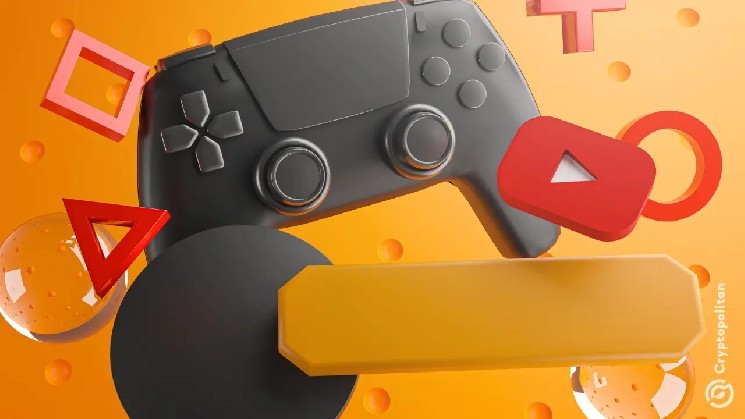YouTube has started what some consider to be a direct attack on blockchain gaming videos. This has raised concerns within the blockchain gaming community that it could potentially limit the availability of content that promotes or discusses decentralized gaming ecosystems.
The decision comes after YouTube announced new restrictions on content that promotes gambling involving digital goods, including NFTs and in-game items.
According to the new update, YouTube expanded its ban on content that directs viewers to online gambling services not certified by Google. It now covers any online gambling using digital items with real monetary value.
In particular, the new rules point to NFTs, video game skins, and cosmetics. These additions reflect the growing trend of digital goods being used in betting, especially in games like Counter-Strike 2, where skin gambling has been a longstanding issue.
Blockchain games don’t promote gambling directly, but YouTube can act on videos flagged by viewers if those videos involve gameplay that mimics gambling activities. That includes opening loot boxes with NFTs inside, battling for token rewards, or using terms like staking, winning tokens, or high-value NFT drops.
Gaming tokens tank up to nearly 10%
This scrutiny comes at a time when Web3 gaming is gaining traction, intersecting with major cryptocurrencies like ETH and gaming-specific tokens such as SAND and AXS.
At this point, Animoca Brands is looking forward to a Nasdaq listing after 5 years of being delisted from the Australian Securities Exchange (ASX).
However, YouTube’s apparent crackdown on blockchain gaming videos may restrict visibility for projects developed on platforms such as Ethereum, where non-fungible tokens (NFTs) and play-to-earn models thrive.
Top gaming tokens. Source: CoinMarketCap
Already, gaming tokens have seen declines. In the last 24 hours, RENDER and IMX have lost more than 9%, and MANA and SAND have lost more than 5%. FLOKI is down 7.6%, and STX is down 6.9%.
On-chain transaction volumes for gaming NFTs have still shown resilience. For instance, both MANA and SAND recorded a 13% surge in trading volumes. This shows that while sentiment may sour initially, institutional interest in blockchain gaming remains strong.
Experts have advised investors trading crypto pairs like SAND/USDT or AXS/BTC to monitor correlations with overall market cap fluctuations. This is because, if YouTube’s actions signal a wider scrutiny of tech platforms, it could get into stock markets, affecting tech giants and indirectly boosting decentralized finance (DeFi) tokens.
Odysee accuses YouTube of anti-competitive behaviour.
In other news, YouTube quietly censored links to Odysee, a video-sharing platform built on blockchain technology similar to YouTube. Screenshots shared on X showed Odysee links disappearing from YouTube comments and descriptions. This triggered accusations that Google’s video giant is cutting off a rival.
Dear friends,
YouTube is blocking Odysee links!Please RT to help us raise awareness to get this fixed.
Please stop this anti-competitive behavior @TeamYouTube @YouTube
— odysee (@OdyseeTeam) October 3, 2025
Odysee has marketed itself as a free-speech alternative since its launch in 2020. This has drawn users frustrated with YouTube’s strict moderation. Its blockchain design keeps videos online even after takedowns, with creators earning crypto tips instead of ad revenue.
To that end, Odysee’s team urged users to pressure YouTube by tagging its official accounts, accusing the platform of anti-competitive behaviour.
However, YouTube did not directly address Odysee but pointed to its external link and spam rules, which can block links linked to scams or misleading material. YouTube has 2.5 billion users, while Odysee only has a few million. Analysts and gamers have raised concerns about YouTube’s monopoly power and whether it is unfairly controlling what users have access to.
This made Odysee a popular place for controversial voices because it drew people who believe in conspiracies. Supporters see it as proof that sites like YouTube can’t shut down everyone. But advocacy groups say the site often becomes a breeding ground for harmful content.

